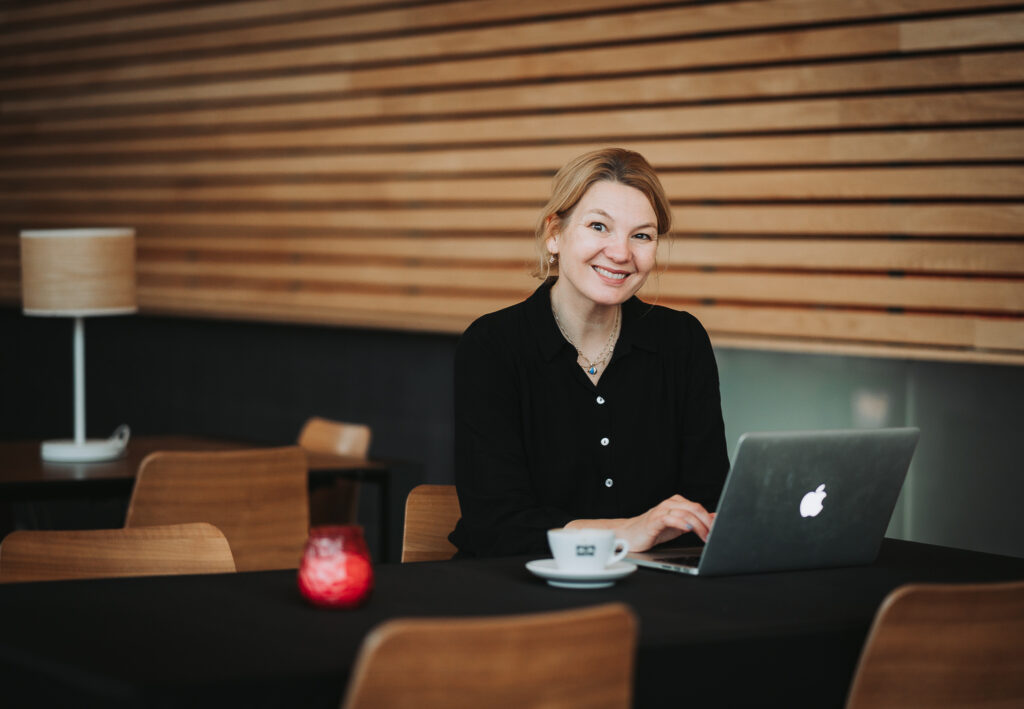Listen to them, they are the future

The World Happiness Report showed some noteworthy conclusions this year. This is a global survey for which around 1000 people per country in nearly 150 countries give answers to questions about their life. The questions concern life satisfaction, mood, but also support and help that is received and given to others. The survey showed two remarkable trends. Sadness increased as the pandemic went on, but kindness increased too.
This made me think of our own results, our studies in young people during the pandemic. I moved to Erasmus University April 2020, at the moment when the pandemic had hit us for 2 weeks. My lab was all prepared to set up studies but we shifted our priorities and devoted all our attention to studying the needs of young people. If we did research on the adolescent brain for 20 years, isn’t now the time to devote all our attention to making that knowledge accessible?
Just like the World Happiness study, we investigated every six months the mood levels and helping behavior in young people between ages 10-25-years. We found that indeed mood was affected by the pandemic, the longer the pandemic lasts, the more negative feelings and the lower the levels of vigor. This was especially the case for young people between ages 16-24-years, a period that is known for a rise in psychiatric illnesses. The number of people with symptoms of mental disorders dramatically increased in two years’ time, from 11% to 18%, depending on the specific study. And this number had previously been stable for many years.
But there was also this other trend. Young people showed high levels of providing emotional support to others. This peaked at the age of 16 years; in this period of life young people gave the most support to their friends. We expected that this behavior would decrease when the pandemic lasted longer. There would be fewer possibilities to see each other and possible tiredness of this long period of social isolation. But we observed the opposite: Helping and supporting others increased. This was true for both helping friends and helping family. So just like the World Happiness report showed: sadness increased, but kindness did as well.
We have known for a long time that giving to others, offering support, and volunteering boosters people’s positive feelings. This is what we observed with surveys, but also in brain imaging research. There is a region deep in the brain, referred to as the ventral striatum. This region becomes active when we experience pleasures, such as receiving rewards. But this same region also becomes more active when we receive social rewards, such as compliments or being accepted online. And our recent studies show that we also activate this area of the brain when we do something good for others that are close to us, such as our family or friends. The activity in this region of the brain peaks in mid-adolescence. The adolescent brain seems wired to connect.
We are now very interested in how kindness extends to people we do not know. Of course, it is easy to be kind to people close to you, you like them and familiarize yourself with them. You may even expect reciprocity. But people also help others who they don’t know, and possibly never meet again. We found for example, that when you ask adolescents to divide 10 values tokens between themselves and a stranger, someone they do not know and will never meet personally, adolescents give away 30% of their valuable goods. This extended during the pandemic crisis to 70% when the stranger was a medical doctor, a Covid-19 patient, or someone with a poor immune system.
We also observed the pleasure of giving in the brain. Intriguingly, adolescents who give more to charity, also show more reward feelings in reward centers of the brain when they win money for their charity. Even when this comes at the expense of their own gains. Also, people who naturally have the tendency to take the perspective of others into account, show more activity in this reward area of the brain.
Crisis situations like a pandemic cause extreme hardships and inequality. We observed that young people with difficult home situations, with less support from their parents, experienced the most tension. But we also observed resilience in young people. They were kind to others during the pandemic. They developed programs to connect citizens, they delivered meals to people who could not leave their house. This is not only for the benefit of society; it also helped the young people themselves. Helping was associated with increased feelings of vigor.
The world that we leave for the next generation is not as perfect as we would have hoped. There are high geopolitical tensions, multiple crises, like the pandemic and the climate crisis. And these crises increase social inequality. The question that I would like to pose here, is not whether our current leaders can solve everything. The question is whether we give enough possibilities for young people to express what they want. We observed in our data that 81% of the young people in our studies felt that their opinion was important to take into account in policy making during the pandemic, 62% felt that they could make a serious contribution to policy on the way out of the pandemic, and only 7% of the young people felt that their opinions were taken into account by policy makers.
If sustainable, kindness that emerged during the pandemic may provide grounds for hope and optimism in a world of geo-political tension, and more crises to come. But we do need to think more about how to hear the voices of the people who will live on this planet the longest. They have voices that are worth to be heard, ideas that may be more flexible and out of the box, and they have an intrinsic need to connect and contribute.
Contact
Erasmus University Rotterdam
Mandeville Building T13
Burgemeester Oudlaan 50
3062 PA Rotterdam, the Netherlands

